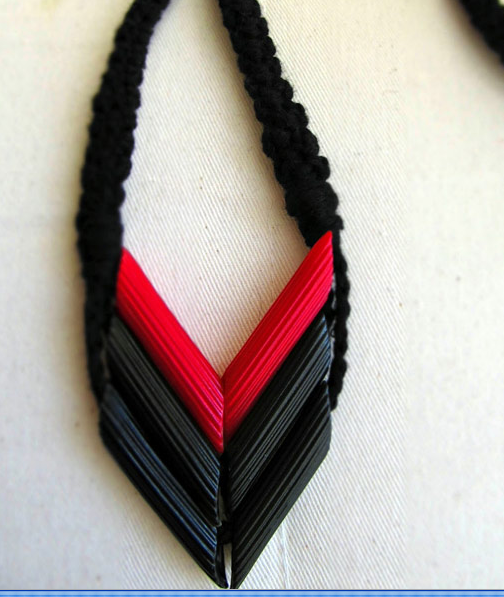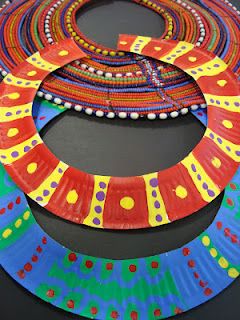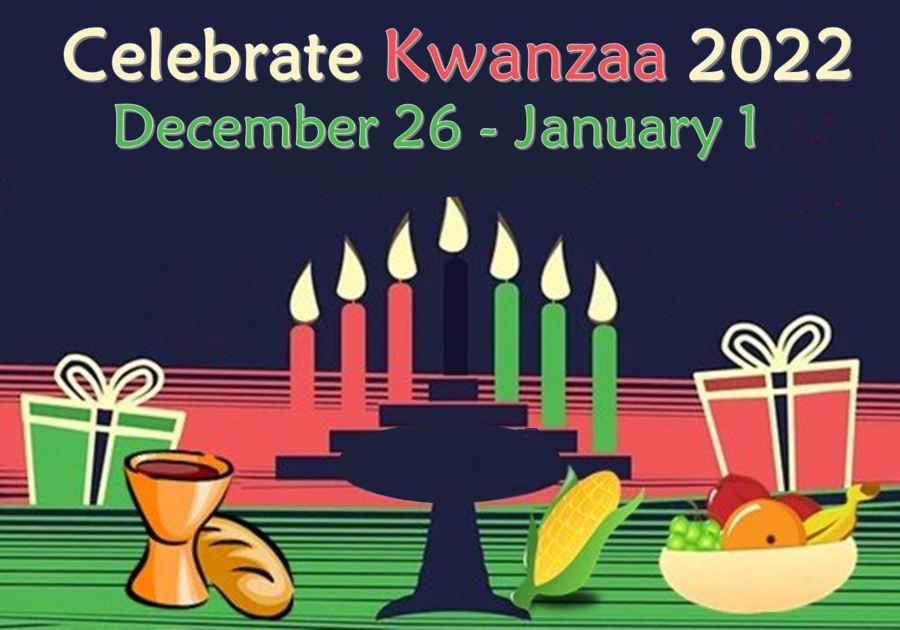What Is Kwanzaa Anyway?
Kwanzaa is a non-religious seven-day celebration that promotes family, community, culture and the African American heritage across the diaspora. Africans of all faiths can and do celebrate Kwanzaa including Muslims, Christians, Black Hebrews, Jews, Buddhists, Baha’i, and Hindus, as well as those who follow the ancient traditions of Maat, Yoruba, Ashanti, Dogon, etc. Non-blacks can also enjoy Kwanzaa, just as non-Mexicans commemorate Cinco de Mayo and non-Native Americans participate in powwows. Thus, Kwanzaa does not replace Christmas, as many people celebrate both.
The Birth of Kwanzaa
Before we dive into the principles of Kwanzaa, I think it’s pretty important to get a sense of the backdrop surrounding the founding of this particular winter holiday.
In 1966, the Civil Rights and coinciding Black Freedom Movements were impacting communities all across the country. It was a time when the introduction of a holiday specifically for African Americans allowed an underrepresented segment of the American population entrenched in tumult to take ownership of a positive, family-focused event that was essentially created to strengthen them.
The word Kwanzaa means “first fruits” in Swahili, and the celebration draws a bit from a first fruits festival in South African, as well as several other cultural celebrations across the continent of Africa. The millions of people around the world who now celebrate Kwanzaa do so based on the principles behind Kwanzaa.
Kwanzaa was created in 1966 by Dr. Maulana Karenga, Professor and Chair Department of Africana Studies California State University. It is comprised of seven principles and seven symbols.
The 7 Kwanzaa Principles
The seven days of Kwanzaa coincide with seven principles or values, according to Us Organization, the founding organization and authoritative keeper of the tradition of Kwanzaa. Each of the seven days celebrates one of the principles, known as Nguzo Saba. Each night a candle is lit for each principle and we look inwardly to contemplate the theme of the day.
The seven principles are as follows:
- Umoja (Unity): To strive for and to maintain unity in the family, community, nation, and race.
- Kujichagulia (Self-determination): To define ourselves, create for ourselves and speak for ourselves.
- Ujima (Collective work and responsibility): To work together for the benefit of the community.
- Ujamaa(Cooperative economics):To build and maintain stores, shops, and other businesses and to profit from them together.
- Nia (Purpose): To remember our African and African-American history, customs and cultures.
- Kuumba (Creativity): To leave our community more beautiful and beneficial than we inherited it.
- Imani (Faith): To believe in the goodness of our people.

The 7 Symbols of Kwanzaa
Kwanzaa also has seven symbols to represent traditional African culture and customs. An arrangement of items that represent seven symbols is the visual centerpiece of Kwanzaa, which comes from the Swahili phrase “matunda ya kwanza” or first fruits.
First, a mat (Mkeka) is placed down. That's a symbol of tradition. All other symbols are placed on top of it. Next, and most notably, is the candleholder (Kinara) that holds the seven candles (Mishumaa Saba). There’s one candle for each of the seven principles of Kwanzaa or the Nguzo Saba. You will also typically find the unity cup (Kikombe cha Umoja). Crops (Mazao) like fruits, vegetables, and nuts are a nod to African harvest festivals. Corn (Muhindi) is a tribute to fertility, with an ear of corn for each child in the household.
Lastly, gifts (Zawadi) adorn the table. These are reserved for children and are usually handmade or contain some cultural value, like a heritage symbol, historical book or one about Kwanzaa like these:
- Seven Spools of Thread: A Kwanzaa Story by Angela Medearis and illustrated by Daniel Minter The history of Kwanzaa is included in this beautifully illustrated story. Ages 5-8.
- A Kwanzaa Holiday Cookbook by Emily Raabe A history of Kwanzaa and favorite recipes are included. Ages 5-8.
- A Very Special Kwanzaa by Debbi Chocolate Remembering how the kids made fun of his dashiki, beads, and sandals the previous year, Charlie is reluctant to participate in the present year's Kwanzaa Festival at school, until he remembers the deeper meaning of Kwanzaa.
A key custom during Kwanzaa is the daily lighting of the Kinara, in which black, red, and green candles (the colors of the Pan-African flag) are burned. On the first day, the black candle—also known as the unity candle—which symbolizes the people themselves, is lit. On the second day, the red candle (for the struggle or blood shed in the past) is lit. On day three, the green candle, which represents the earth or the abundance of possibilities the future holds, is lit. Then, the candles alternate red and green until day seven is reached.
There is a feast called the Karamu each day–ideally highlighting foods of the African diaspora. You feast every day to savor the blessings of the harvest and strengthen family or community bonds. Many families begin each night by pouring libations into the unity cup to salute those who have perished while paving the way for the living. The eldest person in a gathering usually guides this practice.
The final feast on December 31st, is usually the largest and includes extended family and friends. Many people choose to wear traditional African garments as a way to further honor their origins. This day also celebrates creativity and a great way to get the kids involved is by making some fun jewelry to wear to the feast! These are tons of ideas on Pinterest, but these made of colored macaroni or a paper plate are two of my favorites:
 |  |
The evening is full of laughter, drums, dancing and, of course, food!
What Is Traditional Kwanzaa Food?
Kwanzaa food often matches the red, black and green colors of the Bendera, the Black liberation or Pan-African flag. Red represents the struggle of Black people. Black symbolizes pride in the race. Green signifies hope for the future.
Two Kwanzaa foods with significant symbolism are black eyed peas and collard greens. Black eyed peas symbolize good luck, while collard greens symbolize fortune. Some of the foods prominently featured in menus are foods that were brought to America via the Transatlantic slave trade, and include yams, peanuts and okra.
Ultimately, a traditional Kwanzaa meal is what you want it to be! There are influences from African, Caribbean, South American and Southern cuisines. There are no right or wrong Kwanzaa foods. Here are a some popular foods that are perfect for Kwanzaa.
- Vegan jollof rice is no ordinary rice. It’s an African rice dish packed with tons of flavor from the crushed tomatoes, red onions, green peppers, a hot pepper, tomato paste, spices galore and veggie broth. Traditionally, the dish also includes chicken or beef.
- Fried plantains are made with very ripe plantains. They’re sliced, and pan fried until caramelized. I love to serve it with jerk chicken, a side of rice and beans or potato salad..
- Southern fried okra gets dredged in buttermilk then coated in a seasoned cornmeal and flour mixture and deep-fried until golden. It’s crunchy on the outside and tender on the inside.
- Sausage and chicken gumbo is made with a dark brown roux. Aromatics and seasonings are added. You stir in sausage, chicken, okra and broth—and the result is a flavorful gumbo.
- Jamaican beef patties are highly seasoned beef patties. The filling gets spooned into a turmeric- or sometimes curry-flavored pastry dough, then baked until golden in color. The meat is tender, while the yellow-colored pastry is flaky. (You won’t be able to eat just one.)
- Jamaican sweet potato pudding is a less sweet version of the American sweet potato pie, minus the pie crust. The fragrant spiced filling is baked until the middle is a soft flan-like consistency and the top is firm.
- Jerk chicken gets marinated in jerk seasonings and grilled or baked to perfection. The exterior is crispy, while the meat is juicy. This dish has a bit of kick from the peppers, so serve it with a cool mango and jicama salad, or plantain fritters.
- Epsis is a spicy seasoning base that’s used in many Haitian recipes. The main ingredients are garlic, fresh herbs, peppers and vinegar. The recipe varies from region to region. Use it to marinate poultry, fish or meats. It’s also delicious in soups and it can be used as a dip.
- Mofongo is one of Puerto Rico’s most popular dishes. It’s derived from the African dish called fufu. Fufu is a dough mixture of pounded down starchy plantains, yams or cassava. Mofongo is a dish made of unripe fried green plantains that are mashed together with garlic and pork rinds and then molded into a dome.
African Chicken Stew
By Kyrie Collins, Highlands Ranch-Parker-Castle Rock Macaroni Kid Publisher
- 1 pound boneless, skinless chicken breast, cubed
- Salt and pepper to taste
- 2 Tablespoons canola or vegetable oil, divided
- 1 medium onion, thinly sliced
- 4 garlic cloves, minced (I use a heaping spoonful out of our jar of minced garlic)
- 2 Tablespoons fresh gingerroot, minced (I use Gourmet Garden's ginger paste, found in the produce section)
- 2 cans black-eyed peas, drained and rinsed
- 2 cans diced tomatoes
- 1 large sweet potato, peeled and cubed
- 1 cup chicken broth
- 1/4 cup peanut butter
- 1/2 teaspoon dried thyme
Heat one tablespoon oil in a large stockpot over medium heat. Add chicken cubes and sprinkle with salt and pepper; cook till no longer pink, about 5 minutes. Add the other tablespoon of oil (if needed), onion, garlic, and ginger; sauté for 1 minute. Stir in remaining ingredients. Bring to a boil. Reduce heat; cover and simmer for 15-20 minutes or till sweet potato is tender.
3 Ways to Celebrate Kwanzaa:
Watch Events:
Dec. 26: Celebrate The First Day of Kwanzaa, a free virtual event
Dec. 28: Gather Together To Celebrate Kwanzaa, a free virtual event
Create:
Make your own Adinkra printing
Create a Kwanzaa felt board
National Museum of African American History & Culture Kwanzaa coloring pages
Eat:
34 Kwanzaa Favorites
5 Recipes to Get in the Kwanzaa Spirit
A Vegan Kwanzaa
Conclusion
While Kwanzaa is not yet recognized as a national holiday, recent US presidents over the past 25 years have made it a point to publicly recognize Kwanzaa. The celebration is estimated to have between six million and 30 million annual celebrants around the world.
To stay in the KNOW - Sign up for our FREE weekly newsletter HERE!
Receive information about family-friendly events in/around Duluth, Norcross, Suwanee, Johns Creek, Peachtree Corners & beyond.
Have an event you'd like submitted to our calendar for consideration? Submit an event HERE.
Want to tell over 10,000 families in this area about your business?
Email beckys@macaronikid.com for advertising information.
Tell a friend about DNJC MK! More subscribers help us get more fun Giveaways from our sponsors for your family!
Don't forget to be social with us on Facebook, Twitter & Instagram.



